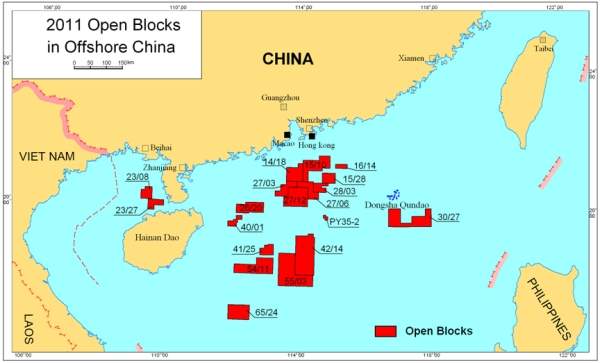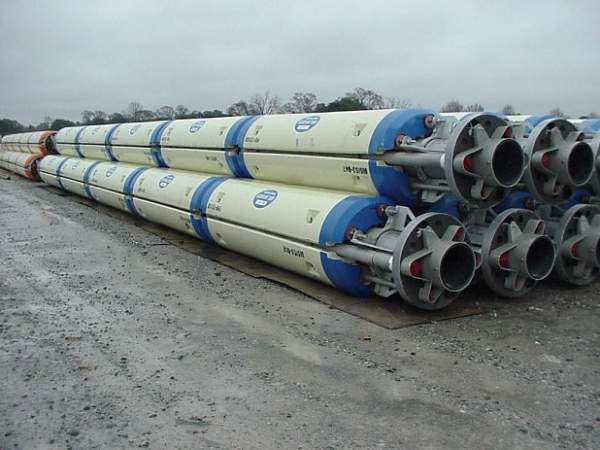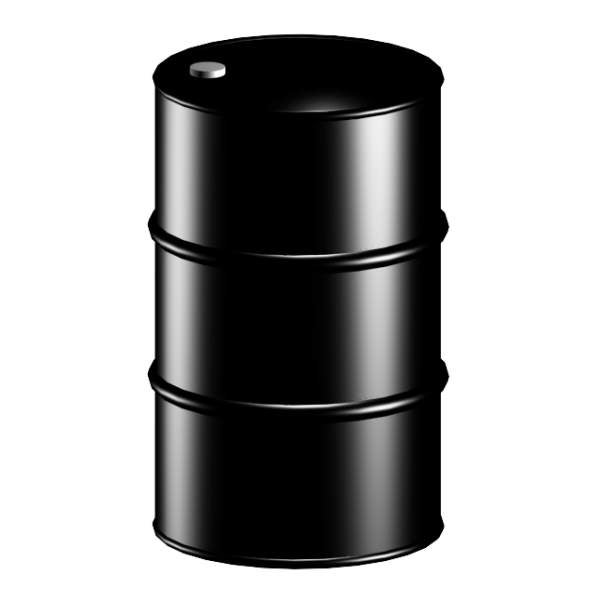The Beibu Gulf Project consists of three oil fields in block 22/12, which is located approximately 60km from the southern coast of China and north-west of Hainan Island. The oil resources are located at depths between 25m and 40m.
The project involved the development of the three oil fields namely 6.12, 6.12 south and 12.8 west. Companies involved in the Beibu Gulf development are China National Offshore Oil (CNOOC) (51%), Roc Oil (19.6%), Horizon Oil (Beibu) (26.95%), and Oil Australia (Majuko Corp) (2.45%).
In June 2011, Petsec Petroleum sold its assets in the field to Horizon Oil for A$38m. In the second quarter of 2011, CNOOC took over the operator responsibilities on behalf of the Beibu Gulf project joint venture.
CNOOC already has infrastructure and facilities that aided in synergy and cost-efficiency. CNOOC created a subsidiary called the Weizhou Operating Company to operate the project. ROC Oil is responsible for the exploration and appraisal of the Beibu Gulf oil field.
The basic engineering design for pipelines and platform facilities was completed by the third quarter of 2011. First oil was achieved in March 2013 with a production meeting the forecasts.
Geology of the oil fields in block 22/12
The waxy crude oil reservoirs range from light to heavy and medium to low-viscous. The geology varies from eocene-age fluvial-lacustrine sandstones of luishagang formation and jiaowei shallow marine sandstones of miocene-age, to Weizhou sandstones of oligocene-age. The Wei 6.12 south field was discovered in 2002 by ROC.
Reserves and development of the Beibu Gulf project
Block 22/12 has estimated potential gross reserves of 100 million barrels (Mmbbl)l. The reserves lie in eight prospective undrilled sites.
The 12.8 west and 6.12 south oil fields are expected to have gross oil reserves ranging between 20Mmbbl to 40Mmbbl. Total permitted area for oil mining is 82.1km².
The 22/12 block consists of six oil discoveries (12.2.1, 12.3.1, 12.8.1, and 12.8.2), made in the 1980s and 1990s. Roc Oil drilled six exploration wells in the block since 2002.
Potential but undeveloped fields in the block include Wei 12-8 west, Wei 12-3, Wei 6-12, Wei 12-8 east and Wei 6-12 south. The Wei 6-12 oil field was drilled in 2002. The Wei 12-8 east oil field was drilled in 2004.
An exploration well named Wei 6-12S-1 was drilled in April / May 2006, which confirmed the presence of significant oil reserves in the project area. It was followed by an appraisal programme comprising four wells and a three-week production testing. The programme indicated the availability of high-quality oil.
A feasibility study for the field development was completed in January 2007 and the 6-12 / 6-12 south oil fields were declared commercial.
The Wei 6-12, Wei 6-12S and Wei 12-8 oil fields were declared commercially viable in September 2008. The feasibility studies were completed in the second quarter of 2009.
CNOOC approved the overall development plan (ODP) and investment plan for the project in January 2011. The project cost is estimated at $300m.
The final investment decision (FID) was made in February 2011. The environmental impact assessment (EIA) was approved by the Chinese Government authorities in 2012. The National Development and Reform Commission (NDRC) sanctioned the project in the fourth quarter of 2012.
A total of fifteen wells were drilled, ten from the Wei 6-12 platform and five from the Wei 12-8 platform, by 2013. The Beibu Gulf Project also includes two undeveloped oil wells, namely WZ 12-8 East and WZ 12-3. The evaluation process is in progress to integrate these discoveries into the existing Beibo project.
Production by CNOOC at the Beibu oil fields
The Beibu Gulf project started production in March 2013. The development of the field involved two remote wellhead platforms and one joint processing platform. These are linked by a bridge to CNOOC’s Wei 12-1A platform complex and use the available water injection and gas processing facilities.
A new integrated processing platform installed in November 2012, hosts production from two unmanned platforms in Wei 6-12 and Wei 12-8 fields.
The processed oil is transported to the storage and export terminal located at Weizhou Island via pipelines. The 32km, 16-in pipeline is also owned and operated by CNOOC.










